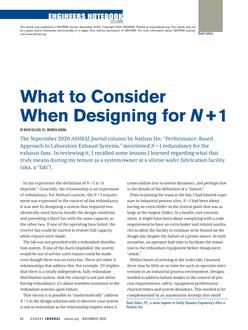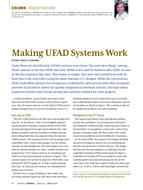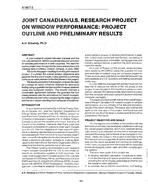Optimization is the application of systematic techniques to find the maximum or minimum value of a performance criterion by changing available parameters. These systematic techniques have their foundations in calculus and heuristic mathematics and provide a sound basis for their use in the optimization of HVAC&R systems and components. Typical performance criteria include COP, power consumption, cost, weight, volume, noise and any other variable of interest. Recent investigations into new alternative lower GWP refrigerants indicate that in addition to dropin options, current systems and component designs should be optimized for the use of the new lower GWP candidate refrigerants to maintain a balance between cost, performance and emissions. Heat Exchangers are key components in any air-conditioning and heat pumping system. As soon as the industry identifies suitable candidate refrigerants for detail analyses and prototyping, there will be great interest in understanding of and the application of heat exchanger optimization methods. This paper presents a survey focusing on the heat exchanger optimization approaches for HVAC&R applications. A comprehensive literature review is conducted and summarized to identify the various optimization formulations used and some recommendations are made. The survey covers two aspects. The first aspect is the formulations, and is emphasized in this paper. A formulation comprises of the various objectives, constraints and design variables used during optimization and essentially dictates the optimization outcome. Formulating the correct optimization problem is often the most challenging part of the design optimization process and requires significant technical knowledge. In the literature, researchers have used formulations that range from optimization of effectiveness, NTU, UA, temperature matching, entropy generation minimization, entransy dissipation, all the way up to heat exchanger cost minimization while at the same time considering system aspects. The second aspect that is discussed briefly is the optimization techniques. These include the actual optimization methods used, such as gradient based algorithms, genetic algorithms, etc. The strengths and weaknesses of various optimization techniques in the context of heat exchanger design are summarized. This survey should be helpful to researchers and practicing engineers in taking the first step towards design optimization of heat exchangers, especially while investigating the alternative lower GWP refrigerants.
Citation: ASHRAE Papers: 2015 ASHRAE Annual Conference, Chicago, IL
Product Details
- Published:
- 2015
- Number of Pages:
- 8
- File Size:
- 1 file , 470 KB
- Product Code(s):
- D-CH-15-C039


